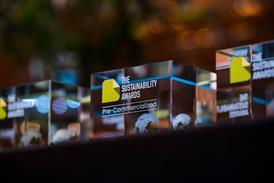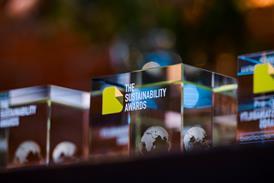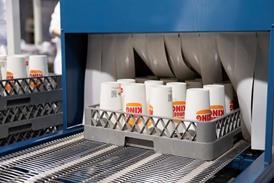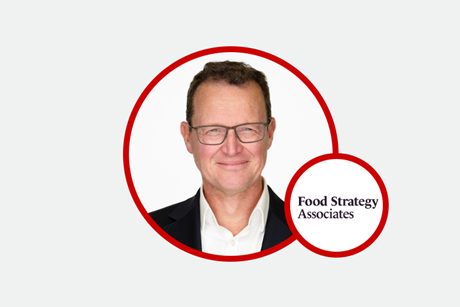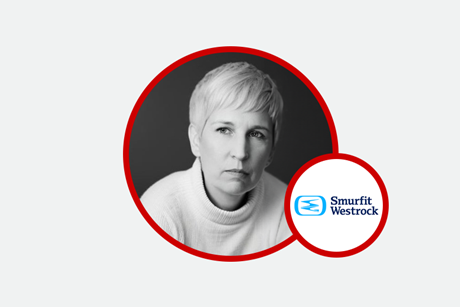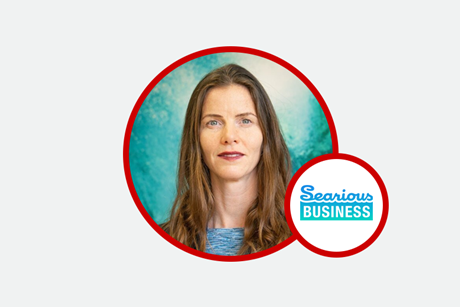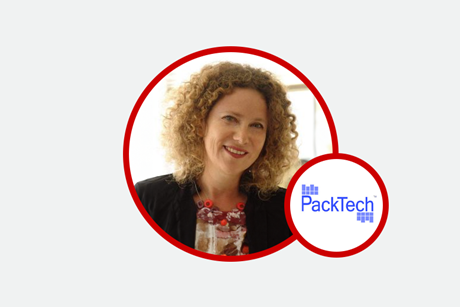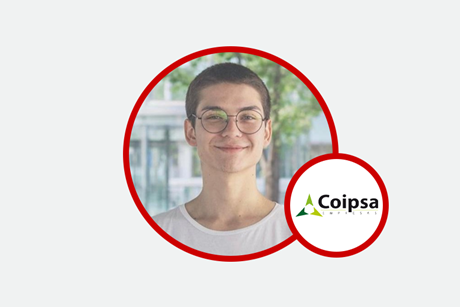
Join today to access expert reports, exclusive trend analysis & industry intelligence that keeps you ahead of your competition
 |
| Membership |
| ★ Most Popular ★ |
| Monthly in-depth reports on the major challenges in packaging (€8,000+ value) |
| Bi-weekly short reports on key packaging sector developments |
| Unrestricted access to all content |
| Access to the 2024 and 2023 Sustainable Packaging Summits on-demand |
| Weekly strategic overview of top packaging stories |
| Christmas discount - join now and get 25% off |
| €15.625 per month |
 |
| Two-Year Membership |
| ★ Best Value - SAVE €100 ★ |
| Enjoy membership at even better value rate, with a two-year subscription, providing a 20% reduction on the usual cost. |
| With a two-year membership, you will access all the exclusive features of membership, including monthly reports, articles, virtual access to the Sustainable Packaging Summit and unrestricted access to all new and archive content on Packaging Europe. |
| Christmas discount - join now and get 25% off |
| €12.5 per month |
Join professionals from the world’s biggest packaging and FMCG brands












Why become a member?


Our members say…
A great source of information for any packaging geek…
Packaging Europe seeks to cut through the bias…
Stay up to date on industry highlights and innovations...
The membership has been incredibly valuable to me…
A premium service which I can highly recommend…
Relevant developments and unbiased content…
It consistently provides fresh perspectives…
Powered by long-term engagement…
It keeps me up to date with industry developments…
It allows us to stay alert and predict new trends…
)
Our most popular pieces of membership content include:
Strategic learnings from the 2025 Sustainable Packaging Summit
As ever, the 2025 Sustainable Packaging Summit was designed to bring as many key value chain players together as possible – over 900 delegates at final count – in order not only to lament the ongoing and emerging challenges we all face but to discuss possible solutions. Here is a summary of the key talking points.
The ‘complex reality’ of reusable packaging in Europe
McDonald’s Corporation recently released a report detailing its opinions on the potential environmental, financial and operational impacts of introducing reusable packaging in some of its European restaurants. The company commissioned PwC UK to analyze the impacts of single-use and reusable packaging scenarios based on McDonald’s experience in certain European countries. In this edition of the Brief, we outline each scenario and highlight McDonald’s’ key claims, giving crucial insights into the world’s largest fast food chain’s opinions on reusable packaging.
Why does everyone hate sporks?
The spork is an infamous utensil, envisioned as a spoon-and-fork hybrid but widely mocked for its impracticality. Should we write it off entirely, or can we learn some valuable lessons from its poor reception? We answer these questions and more in this edition of the Brief.

